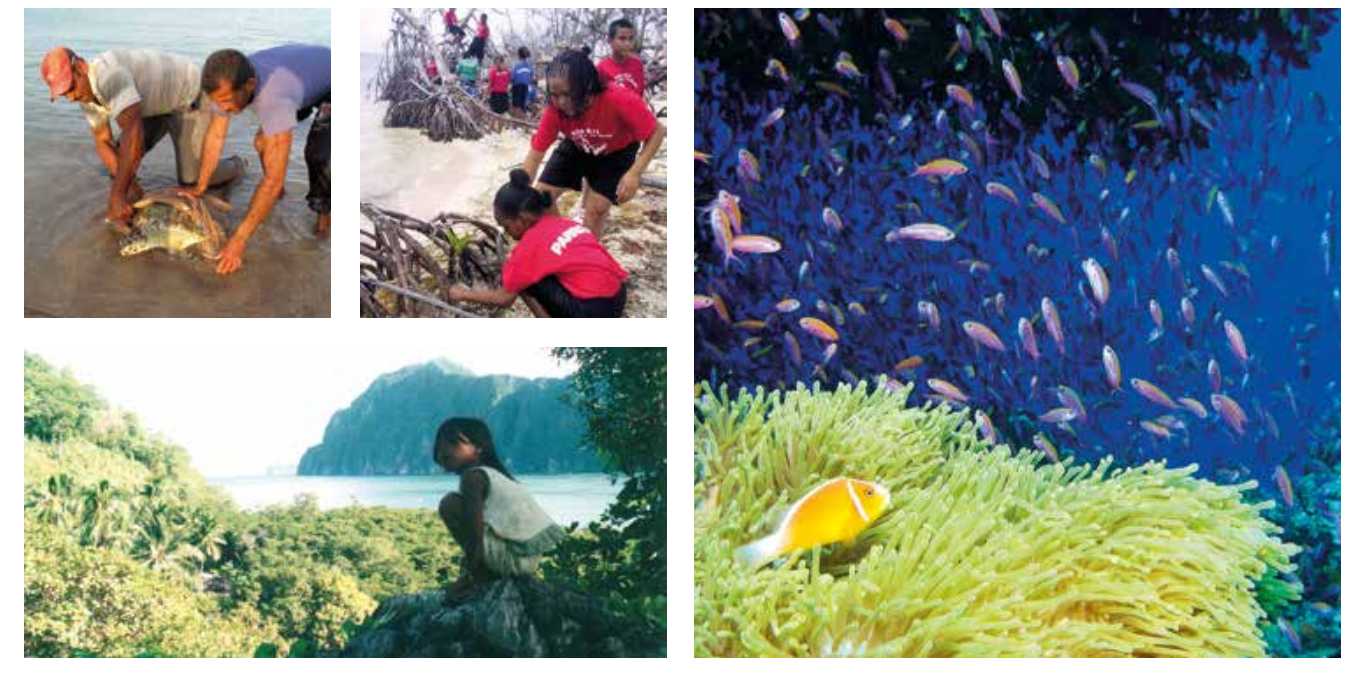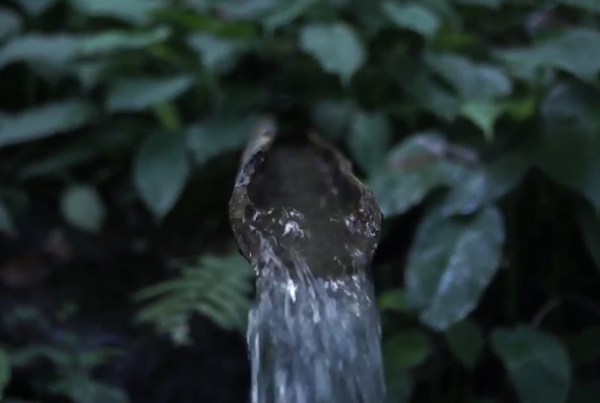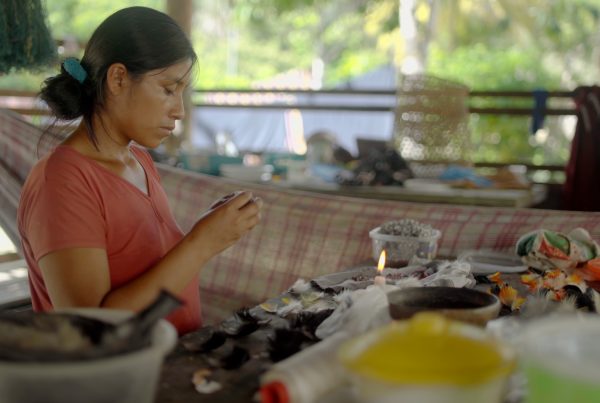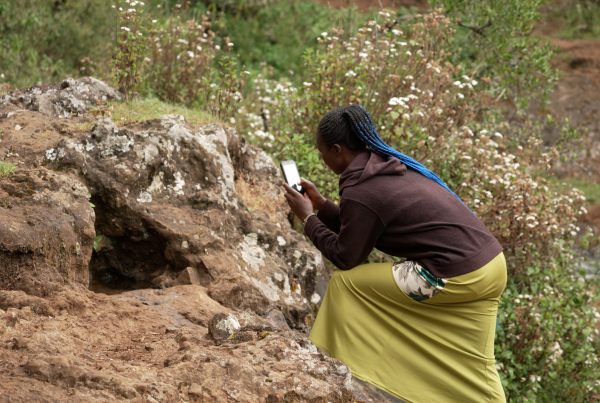From the Arctic North, to the Pacific Island South, to the Tropical Forests of Latin America, Local Biodiversity Outlooks online highlights how indigenous peoples and local communities are rising to the challenge to counter the effects of some of the most pressing threats to our planet. The outlooks, provided by indigenous peoples and local communities, outline issues they face including deforestation, and pressures on cultures and languages. They also describe solutions including indigenous-led conservation, and community-based monitoring.
Local Biodiversity Outlooks* (LBO) is a key resource for the review of progress in the implementation of the strategic plan for biodiversity 2011-2020, as referenced in agenda Item 8 of the CBD COP14 draft decisions (see boxed text)
| BOX:
“For Target 18, increase efforts in the protection of and respect for traditional knowledge and make use of information contained in the Local Biodiversity Outlooks, inter alia, on the customary sustainable use by indigenous peoples and local communities to contribute to updated reporting on progress in the implementation of the Aichi Biodiversity Targets” |
This online ‘living’ site will serve to build on the key messages from the current edition of the Outlooks, while making the information much more readily available to governments, media, and the indigenous peoples and local communities who contributed. It shows the cross-cutting contributions of the collective actions to all the 20 Aichi Targets.
The case studies are searchable by their connections with each Aichi Biodiversity Target (both primary target, and other relevant targets), Strategic Goal, by map, or by area of interest (for example, ‘community-based monitoring’ or ‘climate change’).
LBO online enables more detailed case studies including video and audio materials. It allows new case studies and materials to be uploaded in real time, prior to release of the print publication. This format also allows anyone to download materials, for example for use in educational curricula, or as evidence cases for policy briefings.
Finally, LBO online will set the standard for the second round of the Local Biodiversity Outlooks (LBO-2), complementing the fifth edition of the Global Biodiversity Outlooks (GBO-5), both due for release in 2020, and serve as a linkage to other related global agreements such as the Sustainable Development Goals (SDGs) and the Paris Agreement.
| BOX: The Local Biodiversity Outlooks online will be launched at COP14:
· Date: Saturday 17 November, 13.15 – 14.45 · Location: M3 – IGOs Room, Building 1 · Lunch and drinks provided |
*The Local Biodiversity Outlooks’ key findings include:
- Collective actions of indigenous peoples and local communities (IPLCs) are advancing the Strategic Plan for Biodiversity and all 20 Aichi Biodiversity Targets.
- IPLCs’ lands hold much of the world’s biodiversity; supporting their actions can be one of the most effective ways to secure biodiversity conservation and sustainable use.
- Biological and cultural diversity together increase resilience to social, environmental and climate changes.
- Policy commitments on traditional knowledge and customary sustainable use must be translated into programmes and projects in partnerships with IPLCs.
- Recognising customary land tenure and traditional occupations, and protecting human rights secure social well-being, and ecosystem and climate benefits.
- Community-based mapping and monitoring complements wider data and reporting systems and promotes accountability for social, biodiversity, development and climate commitments.



